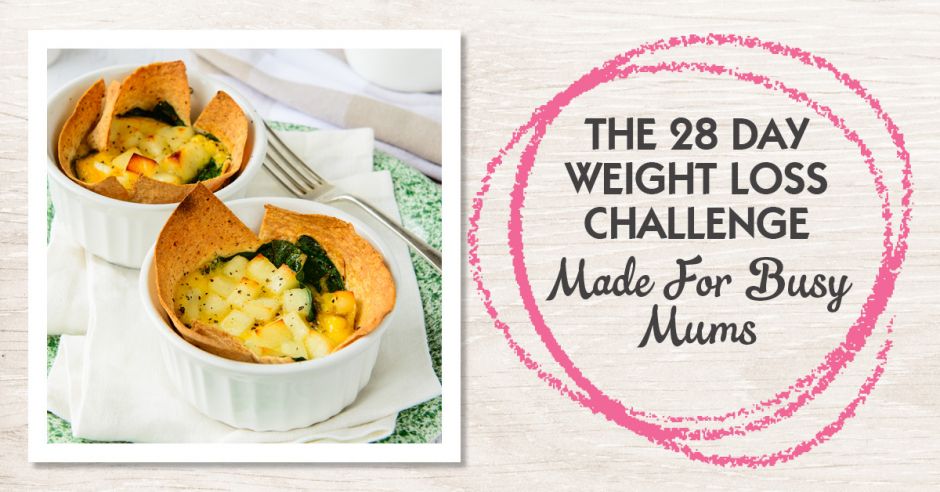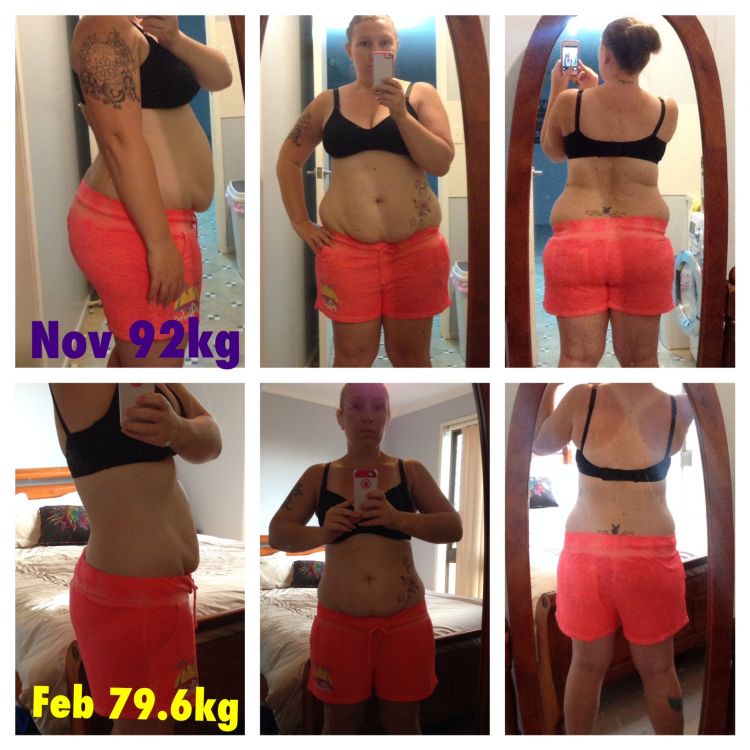With Renee from The Content Baby who 11 years as an Early Childhood Professional has kindly supplied these questions and answers to commonly asked questions that new mums face
 How soon should I put my baby into a routine?
How soon should I put my baby into a routine?
As an Early Childhood Professional I get this question a lot. As a parent and an Early Childhood Professional I have one answer. When you think it is best.
In my opinion there is no right or wrong time to place your child in a routine. I believe that it is a personal choice that needs to fit in with you and your partner’s personal parenting philosophy and your home environment.
However, if you do want to eventually have your baby in a predictable routine, just keep in mind that the longer you wait often the harder it can be to train them. But in saying this, I believe it is never too late to start a routine.
Some theorists believe that you should start to routine your baby from one week old, and then there are theorists who believe in a child-led routine where your child will set the pace for how often and when they require feeding and sleeping.
You may also change your mind as you add to your family. Maybe you chose a child-led routine for your first as you could easily work around them as they were the only ones demanding your time but now with a toddler and a baby you decide the baby needs to go straight into a set routine to fit in with your already established daily routine.
Whatever you decide, whether it is to follow your child or to follow a structured routine, make sure it is what’s best for you, your baby and your family
I am thinking of using controlled crying to get my baby / child to sleep – any tips?
Controlled crying is a term I hear a lot and often when I talk to parents about it they seem to think it is the only method available to them where they can teach their child to self-settle independently. I, along with many other Early Childhood Professionals like Tizzie Hall (Save Our Sleep) do not believe in the method of controlled crying. Control crying is where you place your child down for their sleep and then walk away leaving them to cry for a set period of time eg 20 minutes. Then you go in to your child, re-settle them and then walk out again before they have fallen asleep.
Often this results in another screaming session and you repeat this cycle until your child is asleep. I believe this is confusing for your young child who is protesting that you come back in and pick them. Take a minute to think about it as if you were the child being left and then the one person you wanted was walking in and out again.
This is why I follow Tizzie Hall’s Deep End Approach (Save Our Sleep). In the book Tizzie outlines that you follow your bedtime routine and place your child awake and settled in their cot. Calmly say your good nights and leave. Set a time for yourself where you will stay out of the room. Make a cup of tea, read a chapter of a book or call a friend. Make sure you watch the clock as at times, especially if your child is protesting extra loudly, 2 minutes can feel like an hour. If, once your set time has come and your child is still crying, go in and pick them up. Give them a cuddle and put them to sleep. DO NOT leave the room until they are asleep.
Don’t worry that you might have to give in and put your child to sleep. Give yourself credit for having a go and remember that these things take time. Try again for the next sleep. Your child got to have a sleep and you weren’t sending them mixed messages.
Also remember, there could be a reason why your child may not be able to self-settle. Some common ones are: teething, illness, too hot or too cold, uncomfortable, dirty nappy, hunger, over tired, over stimulated, being in an unfamiliar environment or hearing unfamiliar noises.
My newborn baby seems to cry a lot. Why could this be?
Some newborn babies seem to cry more than others. Parents can be left wondering why they got the child that cries the most. Crying is a normal part of children’s development and when born, shows healthy lung development and alertness. Yet there are probably not many other things that upset parents as much as hearing their little ones cry.
Remember, crying is a baby’s way of communicating their needs to you. It is important to respond quickly to your child’s cry. If you respond quickly and consistently to your child it had been shown that your child may cry less and be a more confident toddler.
However, it is not always possible to settle a crying baby. Of course there are steps to go through first which are: checking their nappy to see if it is wet, soiled or simply uncomfortable; checking if the baby is hungry; are they too hot or cold; are they showing signs of illness; are they due for a sleep or even overtired?
When babies cry it can range from mild whimpering to intense screaming. There may be no tears or streams of tears. Their little faces may turn red or go blotchy and they may draw up their legs and seem to scream in pain. Crying can pass quickly or last for several hours.
According to a Queensland Government / Queensland Health handout on crying, babies between the ages of 1 -3 months will cry on average for 2 hours a day. Crying is often worse in the afternoons. After 3 months of age there is a gradual decrease in the overall amount of crying a day. To a parent, listening to their baby cry can be the most difficult thing they have ever had to do. For this reason, 2 minutes can seem like an eternity. Watch the clock and reassure yourself it has only been 2 minutes.
Try and encourage contentment in your baby by:
- Spending time with your baby when you are calm. Your baby feeds off your emotions and can sense when you are stressed or upset.
- Carrying your baby around. Try a sling if your arms are tired and this may also give you the freedom to cook, clean or even read a book.
- React quickly when your baby cries. You will soon learn the difference between their hungry cry, hurt cry, pain cry, sleep cry etc.
- Sometimes your baby will not settle even after you have tried everything. Seek help and support if your baby continues to be upset. Talk to your local Doctor, call a friend who has children and may be able to offer some advice, visit your local Child Health Nurse.
How can I help my baby naturally while they are teething?
Teething can be a time of great anxiety for parents if their little one seems to be in any sort of pain or discomfort. A lot of parents do not like to use Panadol or Nurofen all the time as they worry about the side effects on their child.
If your child is demonstrating the typical signs of teething such as drooling, biting, having a runny nose, nappy rash, has red swollen gums and is fussy and cranky then there are a number of natural ways you can help your child through teething.
- Amber necklaces have been used for many hundreds of years. When amber is worn next to the skin, it is thought that the skin’s warmth releases oils from the amber. Babies, children and even mother’s can wear the Amber necklaces. Babies and children wear it around their neck against their skin. This is then heated by the body’s natural temperature and the healing begins. Mother’s can wear it as a necklace and then when your child is feeding, they may rub it in between their fingers and receive extra healing. I currently am selling Amber necklaces from Amberbebe on my website for 20% off of the RRP $40.00. That makes them $ 32.00 with free postage in Queensland.
All jewellery has been made using the highest quality materials, however children should always be SUPERVISED whilst wearing jewellery. Extra special care must be taken with children under the age of 3 as all jewellery has small components which can cause a CHOKING HAZARD. We recommend that all jewellery be removed prior to sleeping, and other occasions where the child may be left alone.
- Teething toys and rings are another wonderful resource to have. There are many different kids for you to choose from. Hard smooth toys, soft rubbery toys, material toys and rings that go in the fridge.
- Things around the house that you already have that can used are wet washers placed in the fridge. These not only can be sucked and therefore used to rehydrate but the chewing of the towel provides resistance against the gums and is also cold which soothes the inflamed tissue. Also, you can simply use your clean finger. Gentle insert your finger inside your child’s mouth and carefully rub around on their gums. You will notice your child will direct you to the section of gum that is causing them the pain and then they may bite harder against your finger.
- Food such as teething rusks that dissolve into nothing are great for your child to chew on. I sell organic rusks for $8/packet with free postage. Also, you can purchase mesh feeders and place ice cubes or cold vegetables or fruit inside it for your child to chew on. The mesh helps reduce the mess and is safe for your child to chew on. They come with a soft rubber handle for you or your child to hold.
- There are two different companies that manufacture a homeopathic combination of natural substances to relieve the symptoms caused by teething. Hyland’s Teething Tablets provide a natural, homeopathic formula for symptoms of simple restlessness and wakeful irritability due to the cutting of teeth. It reduces pain, inflammation, fever, drooling and the discomfort of teething. The small 1 grain tablet melts instantly on the tongue. I personally have had friends use these tablets with their children and have sworn by them. Check out www.hylandsteething.com for more information. The other product name is Camilia Teething tablets which acts the same way.
- Brauer’s teething relief. It is a natural oral liquid medicine that contains no Paracetamol or Asprin. Brauer is a Homeopathy medical company that has developed products that relieve many symptoms. They are available in most chemists.
My toddler snatches toys off other children and says “mine”. How can I stop this negative behaviour?
All parents want their child to be able to demonstrate positive behaviour. Especially when you are out in public or in social situations. Setting boundaries with your child will ensure that they are not only a pleasure to be around but that they are aware of how to behave and what your expectation of them is at all times.
Developmentally young toddlers do not have the understanding of sharing and turn taking and it would be unreasonable of parents to think an 18 month old should be able to share and take turns without problems.
Sharing and turn taking it a learnt skill and is a very confusing concept for young children, especially if it is their toys you are asking them to share. Toddlers also have very limited communication skills and are unable to verbally express most emotions. They do however, understand their bodies and can grab and remove things they either want or do not want. Their limited vocabulary will consist of one syllable words such as no, mine, stop, milk etc. Therefore, a child to who takes a toy off someone and says ‘mine’ is really trying to say “This is my toy and I do not want you playing with it thank you”.
Of course we want our children to be able to function positively in social situations and as I said before these skills need to be learnt. If you have a child who is snatching a toy and saying ‘mine’ this is an example of what you can say to teach your child how to respond to their feelings and how to share and feel good about it.
“Sally, that is a toy car and Jimmy was playing with it. We are sharing our toys with Jimmy today. You can play with the blue car while Jimmy plays with the red one. He will give it back to you later. Here you are, here is the red car. What noise does a car make?“.
Get down to your child’s level. Explain what has happened and why. Let your child know they will get their toy back when the other child is finished. Use the sharing word. Give your child an alternative toy then distract them from the toy that had upset them in the first place.
6. How do I ‘play’ with my baby under 12 months?
Play is crucial for your child’s development. There are many things you can do with your baby under the age of 1 year. Babies are learning about many different things from the moment they are born about the world; their surroundings; their bodies and you, their parents. Below is a short list of ideas broken up into age groups.
0 – 3 months
- Stand in front of a mirror and talk to them about what they can see
- Use mobiles or hanging toys while they are in their cot or on their back on the floor
- Tummy time on the floor
- Talk to your bub. Babies this age love face to face contact.
- Lay them on their back in a large open space so they can look around and take things in, in their own time
- Touch your child. Tickle their hands or rub their arms and face. Some babies may become fussy if they get over-stimulated so watch for signs.
- Sing to your baby. Really anything will do. Some parents sing what they are doing that day or what they feel like for lunch.
- Play music to your child and even pick them up for a dance.
3-6 months.
- Tummy time with toys just out of their reach so they can learn to grab at objects.
- Mirror on the floor for tummy time
- Mirror hanging on a mobile for back time.
- Have a ‘chat’ with your baby. This is the age where babies start to babble. Having a chat teaches babies about turn taking as well as feeling acknowledged and loved.
- Mobiles and hanging toys in the car and on the cot.
- Babies this age love to kick things. Hanging mobiles not only gives them a chance to grab things but also to practice kicking.
- Babies this age may also start to roll and even crawl. Make sure they are in a safe environment.
- Sing nursery rhymes with hand/finger actions. Babies this age love movement and will track your movements closely with their eyes.
- Your baby will be getting more confident sitting but will still be wobbly. Playing fun games like “Row row row your boat” and moving them backwards and forwards will help them become aware of their body and be a whole lot of fun.
- Just like the above game get their legs ready for crawling by laying them on their backs and grabbing a leg in each hand. Stretch one leg at a time out straight and sing “out, in, out, out, in” or “legs
- Sit your baby in their high chair and get some natural yoghurt or fragrance free shaving cream and put it in the table top and let your baby go crazy. They are quickly developing their senses and will love how this feels in between their fingers.
6 – 9 months.
- By this age your baby may be starting to crawl. To promote this place soft toys and items of interest just out of their reach to encourage them to move towards it.
- Bath time with soft colourful bath toys will be a time for fun and learning.
- Sing songs with hand and finger gestures. Your child may even begin to follow and remember these.
- Play music and help your baby to ‘dance’ to it.
- Give your baby unbreakable items from the kitchen eg wooden spoons, pots, Tupperware and let them hit and bang it.
- Fill old plastic water bottles with beads or sand or rice. Secure the lid and let them shake and roll it.
- Play “Peek-a-boo”. Your baby will love that you disappeared and re-appeared again.
- Read lots of books to your baby. Books about colours, animals etc.
9-12 months.
- Babies this age love to get around and can often get frustrated at their lack of mobility. Walkers offer stability and helps a baby stand up and move.
- Do finger painting with your child. Choose a paint that is non-toxic and washable. Sit your baby outside on an old sheet or up in their highchair.
- Crayon drawing. Choose thick crayons and supervise as crayons can become lunch.
- Babies of this age are fascinated with balls. Rolling, bouncing and spinning.
- Go to the beach or invest in a sandpit. Sand play is lots of fun and they will also be developing their sensory awareness.
- Having a swing is great fun. Introduce the concept slowly as some babies can become afraid of sudden movement that they have no control over.
- Singing songs which include body parts eg Heads, shoulders, knees and toes. Your baby will need help reaching all their body parts.
- Stacking large blocks and knocking them down = hours of fun for both adults and babies.
- A personalised book with pictures of your baby plus of people they see or are family eg Parents, Grandparents, Aunties, Uncles etc. Go through the book and name the important people in their lives.
- Bubbles, bubbles, bubbles.
- Balloons. Babies around this age are simply fascinated by them. Put them on a long string and your crawling bub will have heaps of fun taking the balloons everywhere.
- Water play. Whether this be in the bath or with large containers full of water your littlie will love splashing and pouring and tipping the water everywhere!
Remember, play time with your baby is meant to be relaxing and fun. Enjoy this special time together.

Take part in the 28 Day Challenge
Don’t delay – join literally THOUSANDS of mums on the challenge and get access to over 1000 healthy, delicious, family friendly recipes. PLUS customisable meal plans, printable shopping lists and 28 days of at home exercises for busy mums – you can read all about it here and see how it works
Results from mums on the 28 Day Challenge
Mums lose an average of 4-6kg (8-13 pounds) on our 28 Day Challenge and below are some of the amazing results from mums JUST LIKE YOU who are already using the 28 Day Challenge and losing tummy fat – make the change and join them today too!
You can see lots of more results and you can join here too
Angela has lost 12kg (26 pounds) on 2 Challenges
Angela says “The team at Lose Baby Weight and The Healthy Mummy just make it all so easy to follow and customisable so I can make it work for what suits me and my family best. I now have a better relationship with food, enjoy the feeling I get when I eat well.” Join here
Join now
You won’t regret it!
 How soon should I put my baby into a routine?
How soon should I put my baby into a routine?





